By Keri Blakinger and Reuven Blau. Reprinted from the New York Daily News.
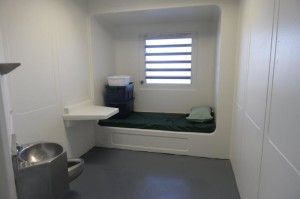 The number of state prison inmates tossed in solitary confinement has surpassed 4,000 for the first time in three years, despite vows by officials to limit its use, the Daily News has learned.
The number of state prison inmates tossed in solitary confinement has surpassed 4,000 for the first time in three years, despite vows by officials to limit its use, the Daily News has learned.
And prison advocates say there’s been an increase since this summer, due in large part to backlash from correction officers after the June escape of Richard Matt and David Sweat from the Clinton Correctional Facility upstate.
In response to a federal lawsuit, state correction officials announced in February that they would reduce the use of solitary confinement for pregnant inmates and prisoners under 18. The reforms also included limiting the punishment to 30 days for convicts with developmental disabilities.
Initially, there was a sharp drop.
The number of inmates in solitary confinement fell to 6.8% of the total inmate population on June 1, state records show. The 3,621 prisoners in solitary that month marked the lowest total in at least the last three years.
But it suddenly spiked by almost 300 inmates in July, bringing the percentage to about 7.4% of the state’s total prison population. By September, the number of inmates in solitary surpassed 4,000 for the first time since 2012, records show. On Tuesday, there were 4,029 inmates in solitary, documents show.
“What’s so disturbing is that it has taken years to get some small change … and that got swept away in three months,” said Jack Beck of the Correctional Association, one of the nation’s oldest inmate advocacy organizations.
Prisoner advocates contend the 23-hour-per-day punishment is too harsh and inflicts long-term emotional and physical damage — especially to teens.
Correction officers from across the state were pulled off their regular posts and used in the hunt for fugitives Matt and Sweat. Authorities noticed they were missing on June 6. Matt was shot and killed by state police on June 26; Sweat was wounded and arrested on June 28.
“The escape became very personal,” Beck said.
“We were getting phone calls all the time about people expressing problems,” he added, referring to prisoner pleas for help.
Tom Mailey, a prison spokesman, said there’s been a 23% decline in the number of inmates placed in solitary from 2012 until the first quarter of 2015. The number of solitary “dispositions” and the net length of time served in isolation cells have gone down over that time period.
Department officials say the solitary confinement figures don’t include the context of increased assaults on correction officers. And they say the prison population now includes fewer non-violent prisoners and more dangerous convicts. Those prisoners are more likely to attack officers or other convicts and get sent to solitary.
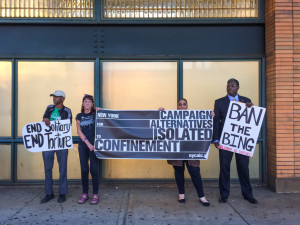

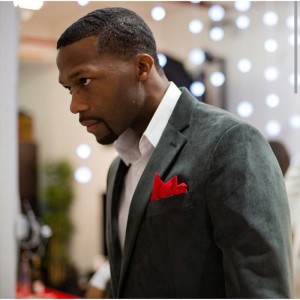
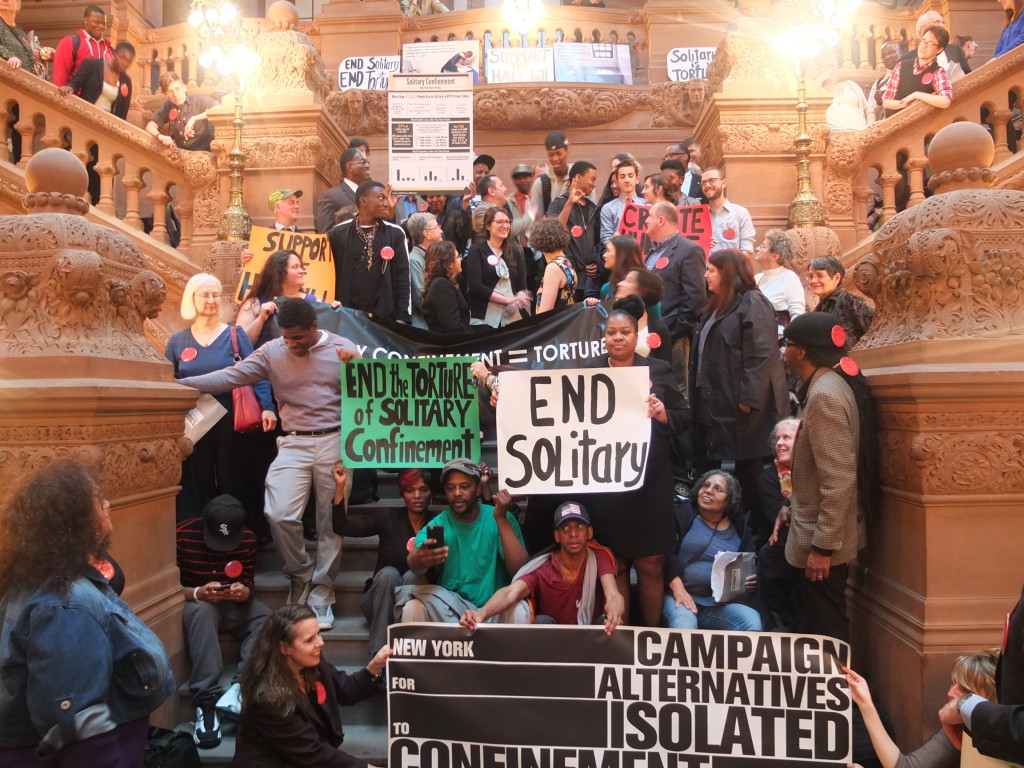
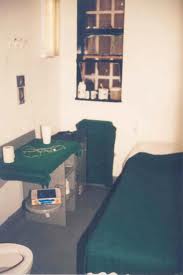
Follow the #HALTsolitary Campaign